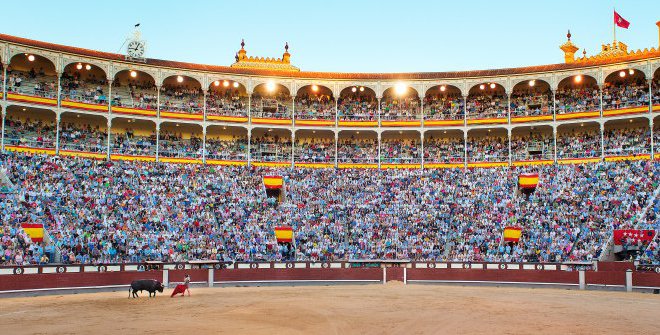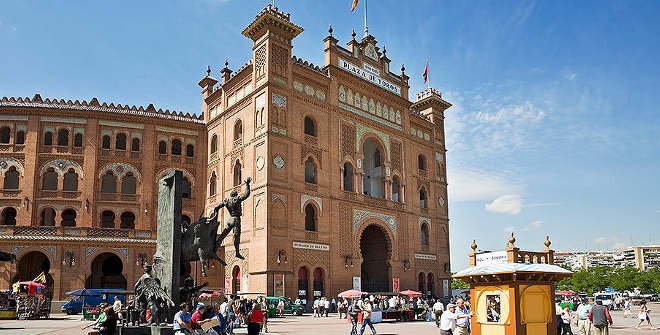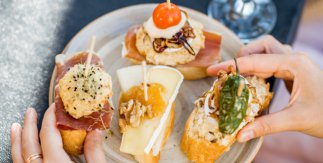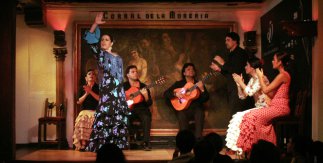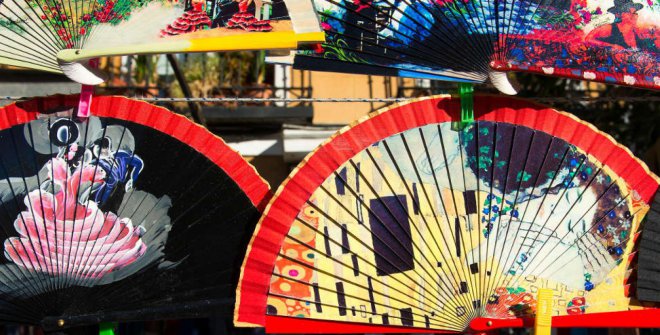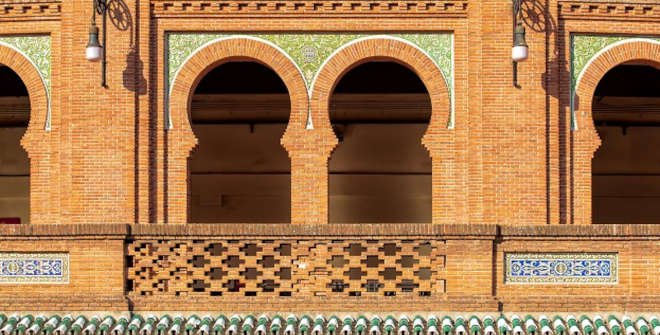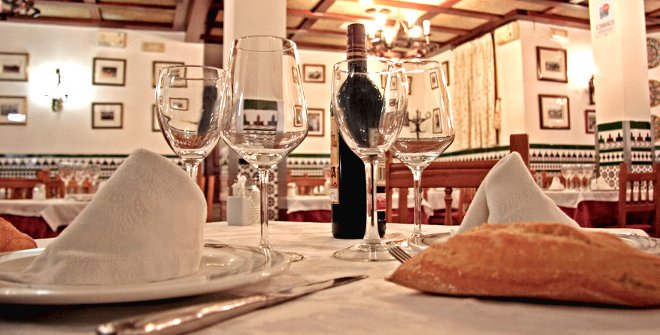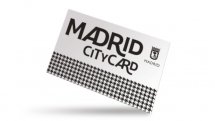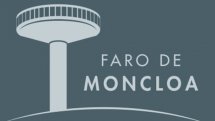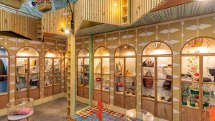Bullfighting

The world of bullfighting is, actually, a broad universe tourists usually know little about. Bullfights and toreros, or matadors, are the visible tip, but there’s much more to it: breeders, flamboyant bullfighter’s costumes (traje de luces), jargon, fiesta, posters and, of course, food.
The art of bullfighting is represented in fine prints by Goya, engravings by Picasso, poems by Lorca, and movies by Almodóvar. Open since 1931, Las Ventas Bullring houses Madrid’s Bullfighting Museum, whose collection includes interesting works of art and items tightly linked to the world of bulls and matadors. To many, the image of Spain is closely associated with bullfights – an art that became popular in the early twelfth century and is still very much alive.
Rabo de toro (oxtail) can be ordered in restaurants or bars with a connection to bullfighting as a tapa or a ración (dish to share). In the district where Las Ventas is and in central Madrid, there stand lots of establishments where you can try this tasty dish. Many of these taverns can be found in the Ventas area and in the centre, such as El Fogón de Trifón, whose speciality is bull's tail.
It is worth mentioning the city's centenary restaurants and taverns that have been preparing the city's typical dishes for over a hundred years. Among them are Botín, considered the oldest restaurant in the world and known for its roast piglets, Casa Ciriaco in the centre of the Calle Mayor, the centenary tavern Casa Alberto and Casa Labra located next to the Puerta del Sol.
You might also like
Here’s a list of the best tapas bars in Madrid for a most enjoyable culinary experience.
Discover the best spots in the city to enjoy Spain’s artistic expression par excellence.
